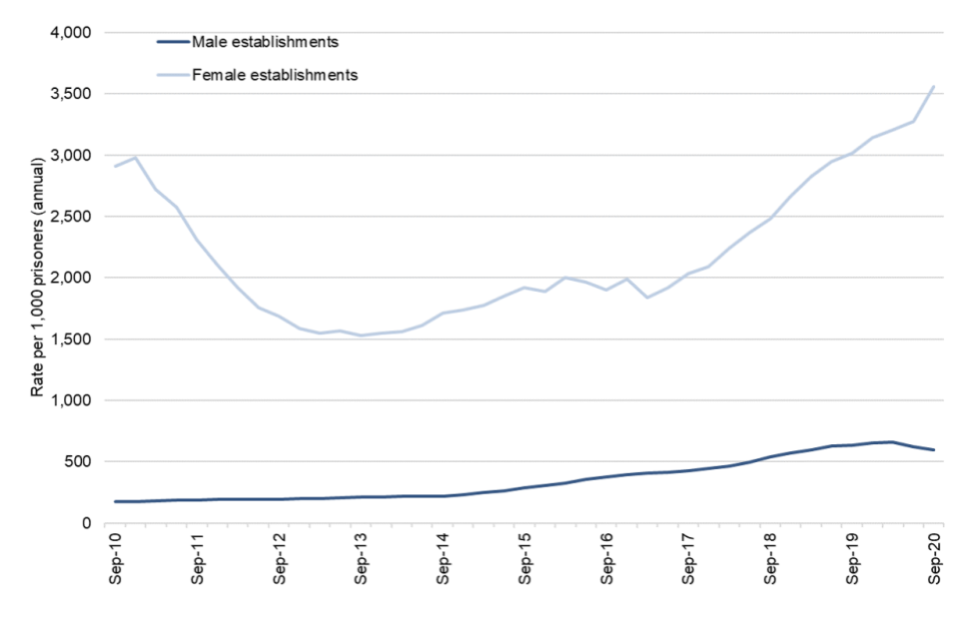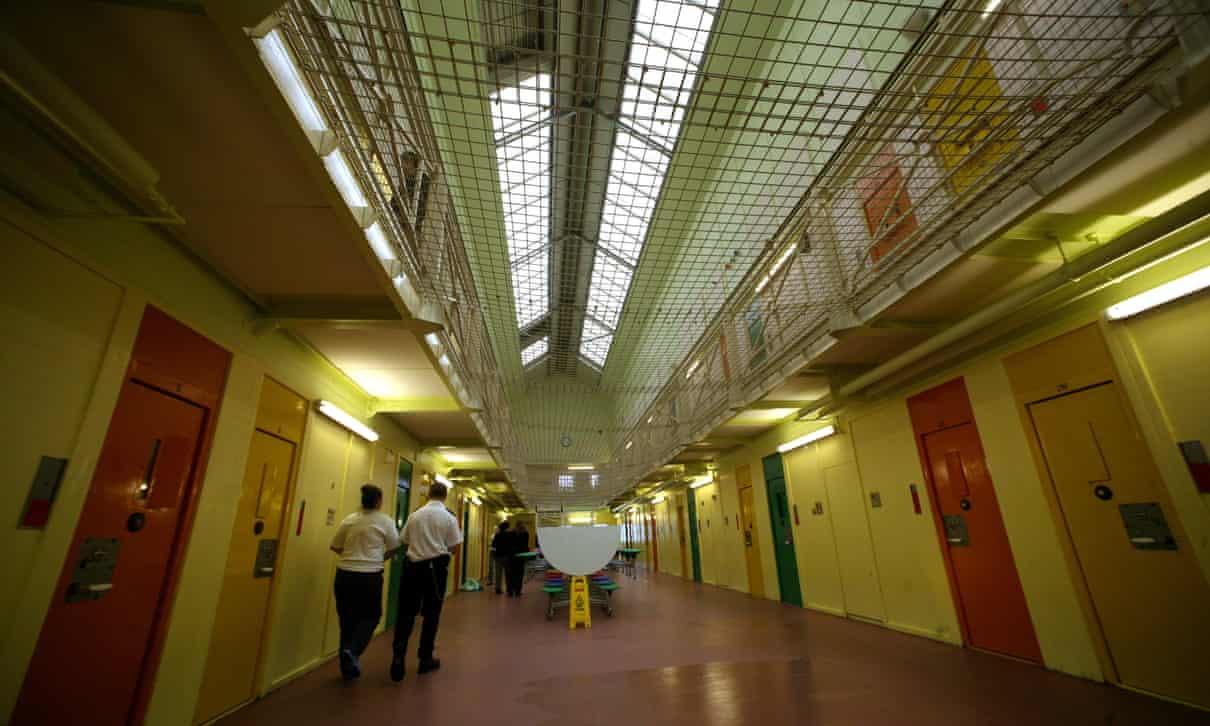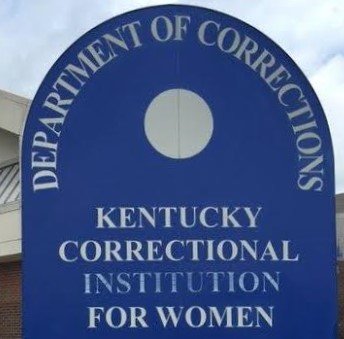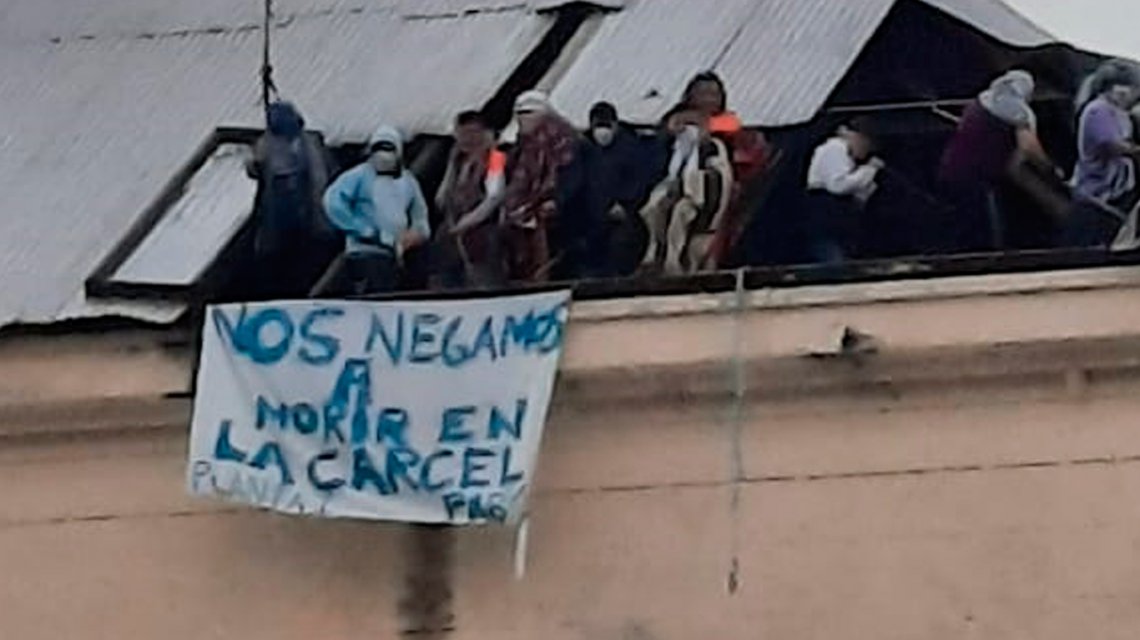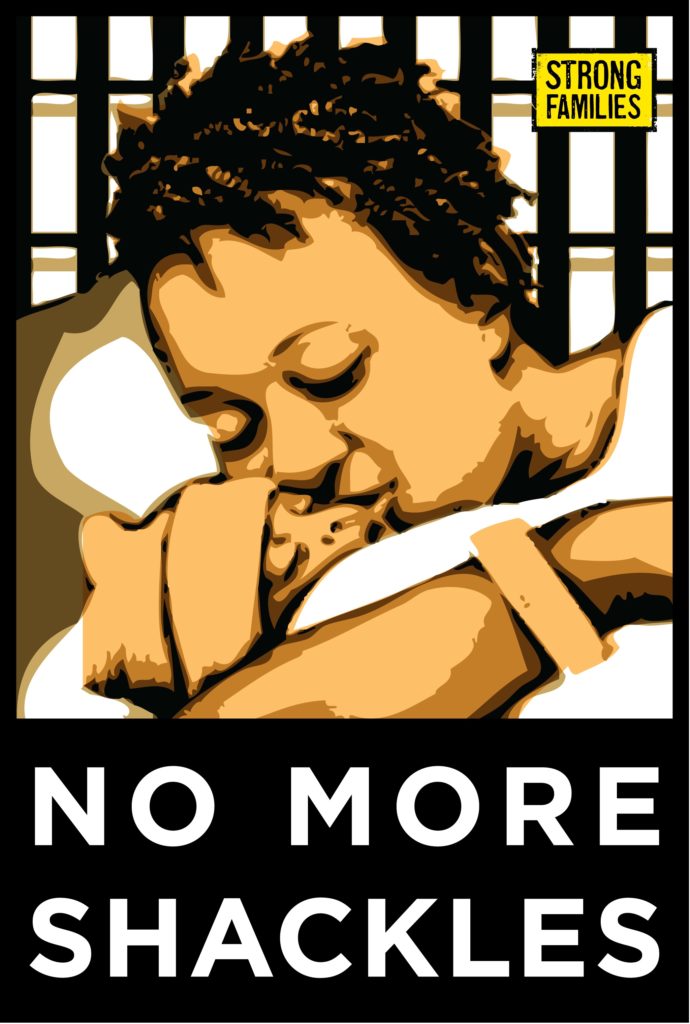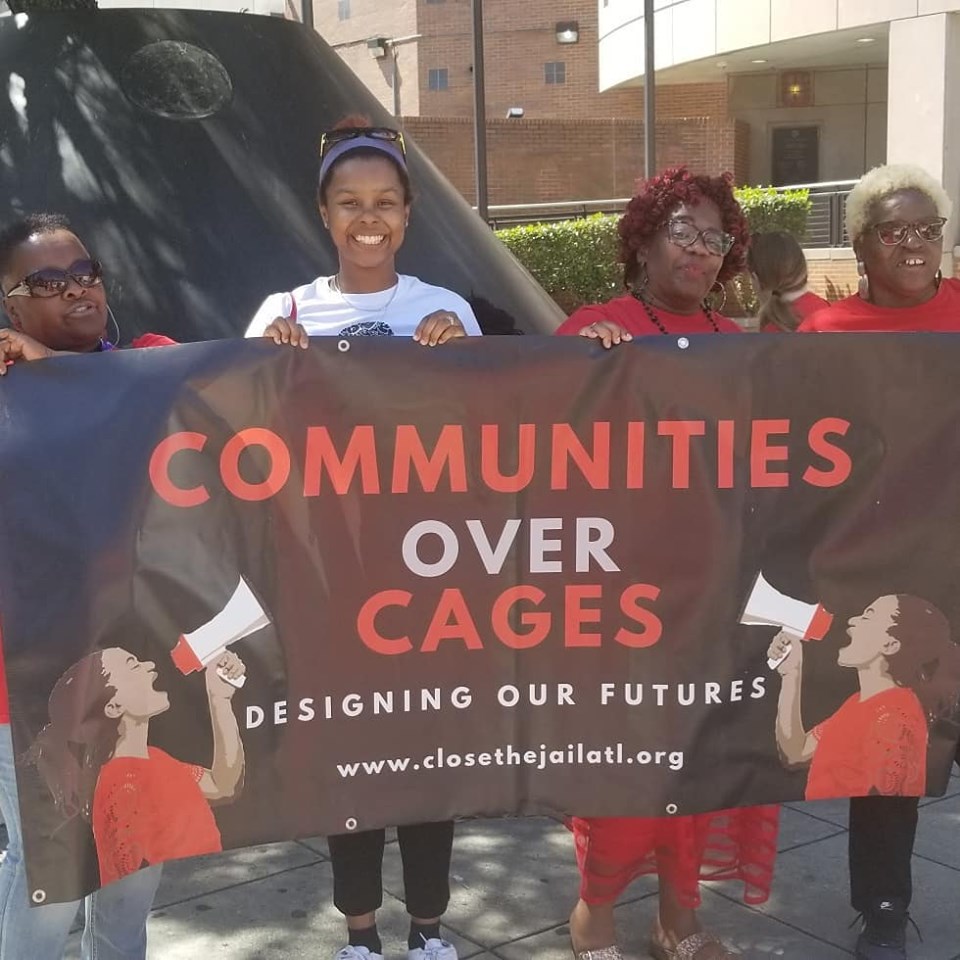
Dóchas Centre
In Irish, dóchas means hope. Every year, Chaplains who serve Ireland’s prisons issue a Chaplains Report. Usually, these reports are fairly modest, tame even, describing the situation in the various prisons. These reports seldom make news. This year, however, the Chaplains reported that the situation in Irish prisons has become dire, and the direst prison is the Dóchas Centre, nestled in the larger Mountjoy Prison, in Dublin. According to Ireland’s Department of Justice, the Dóchas Centre is a “closed, medium security prison for females aged 18 years and over. It is the committal prison for females committed on remand or sentenced from all Courts outside the Munster area.” The Chaplain’s report is more succinct: Dóchas has become “a dumping ground” for women living with mental health issues.
According to the Dóchas Centre Chaplain, “Most recently a prisoner was remanded to the Dochas Centre after having spent over a year in a psychiatric facility. The prisoner was clearly unwell and confused to the extent that after a few days in custody the prisoner wanted to know what hospital she was in. From as soon as she arrived in the Dochas Centre the prisoner remained in bed all day. Prison was obviously not the place for that prisoner, yet the prisoner had been charged, arraigned in Court and remanded to prison. After considerable intervention by the Governor and Health Care Staff, the prisoner was removed back to the psychiatric facility that she had come from …. While Staff were dealing with this prisoner two other prisoners on the same landing were even more difficult to deal with: both were self-harming and both were violent. Both of the prisoners had been treated for mental illness before coming to prison. One of the prisoners had been brought to the Dochas Centre infected with Covid 19. The other prisoner was returned to the psychiatric facility where she had been a patient. That prisoner however was returned to the Dochas after she behaved in the same violent way that she had behaved in when she was being held in the Dochas previously. Obviously she had been referred to the psychiatric facility for specialist treatment. How was she expected to receive that treatment when she was returned to the Dochas? This is a clear example of the Dochas being used as a dumping ground.”
While the Chaplain states repeatedly that the staff at the Dóchas Centre are doing the best they can, the best they can was never meant to address the needs of women living with mental health issues: “The Prison Service is too well aware of how prisons are constantly being used as the dumping ground for other agencies’ problems. Offenders whose offence is rooted in mental illness invariably get sent to prison because the State cannot accommodate them elsewhere. This imposes a duty of care on the Governor and his Staff which the normal exercise of their duty was not designed for. Prison Officers are not trained to handle psychiatric cases …. Covid has preoccupied all our thinking for almost a year. Hospitals filled to capacity are part of everyday discussion. At this time of terrible fear and anxiety in the community, no one is going to be surprised to hear that the Central Mental Hospital has no bed space available either. The difference however is that the CMH had no available space before the Covid 19 pandemic. Most prisons have prisoners suffering from mental illness who have been waiting for a bed in the CMH for over a year.” According to the Chaplain’s Report, the situation is “soul destroying. No one seems to care.”
The Chaplain concludes, “Government could find the resources to rescue the collapse of the banking system. Government could find the resources to pay workers to stay at home during the pandemic. Government could find the resources to protect the vulnerable from a life of addiction, homelessness and petty crime. Government instead sends the weakest and most vulnerable in society to prison at the cost of the tax-payer and the fabric of society.”
There are currently 3866 people held in prisons in Ireland. According to the Justice Minister, over 1700 prisoners are awaiting mental health and substance abuse services. Across Ireland, close to half of all those living in prisons are waiting for treatment. In the Dóchas Centre, bedridden women, dumped and abandoned by the State, stare at the prison walls and imagine they’re being helped. In Ireland, today, dóchas means hope.
(By Dan Moshenberg)
(Photo Credit: Irish Examiner)

